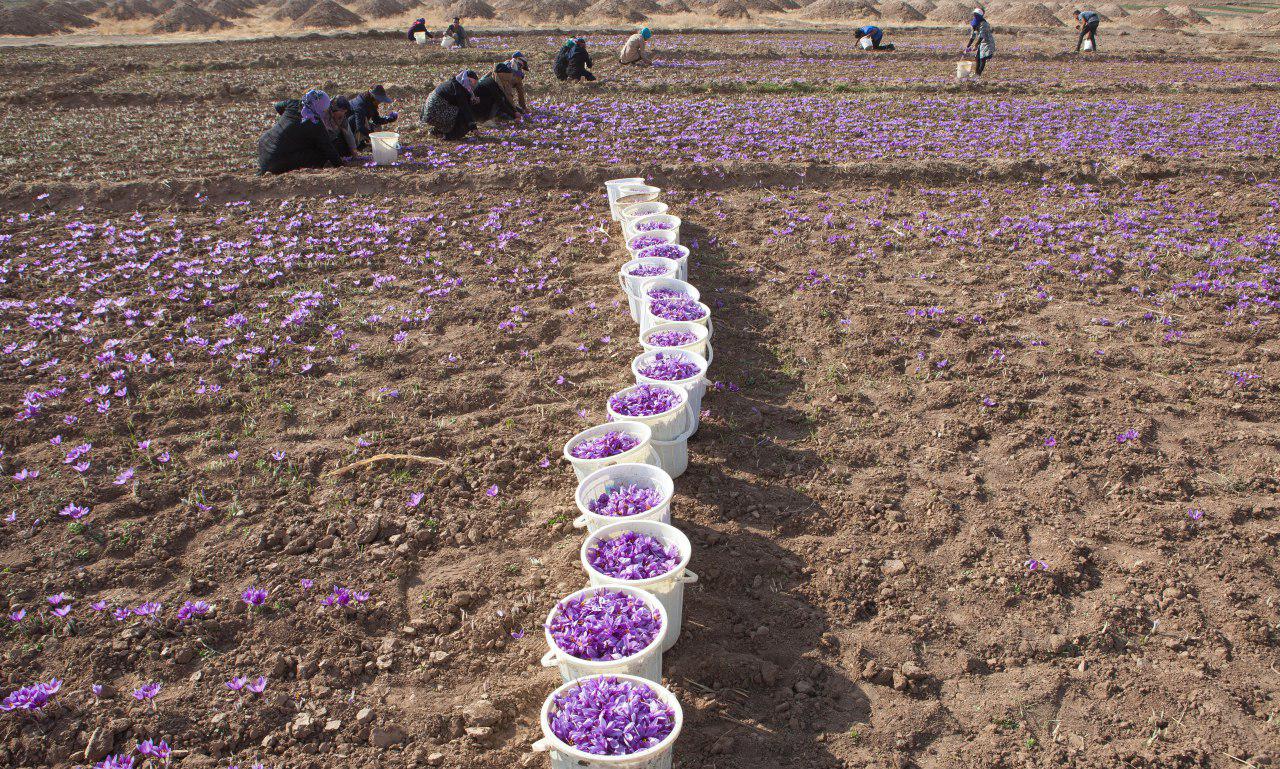Is Saffron a Herb or Spice? Understanding Its True Nature
Saffron is one of the world’s most prized ingredients, known for its distinct flavor, vivid color, and rich history. Yet, many people often wonder: is saffron a herb or a spice? In this article, we will explain the difference between herbs and spices and clarify why saffron is classified as a spice.

Understanding the Difference Between Herbs and Spices
What Is a Herb?
Herbs come from the leafy parts of plants. They are typically used fresh or dried in cooking, medicine, or fragrances. Common herbs include basil, mint, and parsley. Generally, herbs have a lighter, fresher flavor and chefs usually add them in larger quantities to enhance aroma and taste.
What Is a Spice?
In contrast, spices come from other parts of plants, such as seeds, roots, bark, or flowers. People dry and grind these parts or use them whole to flavor food or make medicines. Spices usually have more intense and concentrated flavors. For example, cinnamon comes from bark, ginger from root, and black pepper from seeds.
Is Saffron a Herb or a Spice?
Saffron: A Spice from the Crocus Flower
Saffron qualifies as a spice because it comes from the stigma—the female part—of the Crocus sativus flower, which blooms every fall. Each flower produces only three delicate red stigmas, which farmers carefully harvest. Then, they dry these stigmas to create saffron threads.
Unlike herbs, which come from leaves, saffron derives from the reproductive part of the flower. Therefore, saffron is a true spice rather than a herb. The golden-yellow color of saffron results from the compound crocin, while picrocrocin gives it a distinctive bitter taste, and safranal provides its unique fragrance.
The Labor-Intensive Process of Harvesting Saffron
Harvesting saffron demands great care and effort. It takes roughly 75,000 flowers to produce just one pound of saffron. Since each flower yields only a tiny amount, farmers hand-pick the stigmas with precision at the right moment to ensure top quality.
Because of this high labor intensity, saffron ranks among the most expensive spices worldwide. After harvesting, farmers carefully dry the stigmas to preserve their flavor and color.
Saffron in Culinary Use
Thanks to its rich flavor and vibrant color, saffron features prominently in many world cuisines. It commonly appears in Mediterranean, Middle Eastern, and Indian dishes. Popular recipes like paella, risotto, and biryani showcase saffron’s unique qualities.
Moreover, chefs value saffron for its ability to enhance both flavor and appearance. In India, cooks often add saffron to desserts like kheer (rice pudding) and gulab jamun. Meanwhile, in Spain, saffron remains a key ingredient in traditional paella. Its versatility allows saffron to shine in both savory and sweet dishes alike.
Health Benefits of Saffron
Beyond its culinary uses, saffron offers various health benefits. It contains powerful antioxidants like crocin, which help protect the body against harmful free radicals. Some studies even suggest that saffron may help reduce anxiety and depression symptoms, thus supporting mental well-being.
Additionally, saffron exhibits anti-inflammatory properties and may promote digestive health. With its rich vitamin content, saffron contributes to overall wellness. Whether you use it for cooking or for its health benefits, saffron makes a valuable addition to your diet.
Summary
To sum up, saffron is definitely a spice because it comes from the flower’s stigmas rather than leaves. It stands out due to its labor-intensive harvest process, vibrant culinary uses, and impressive health benefits. By understanding these aspects, you can better appreciate saffron’s true nature and value.
https://saffronexporter.com/largest-producer-of-saffron/689/






